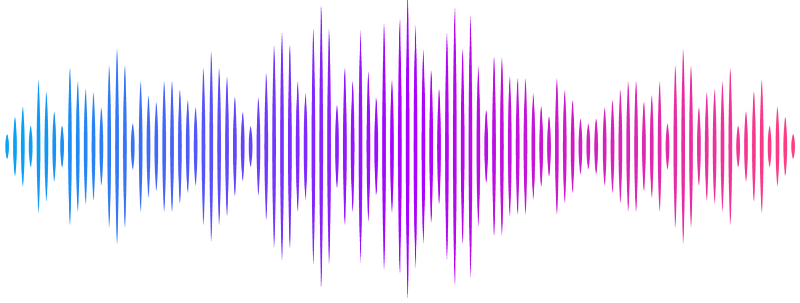A metabolic atlas of mouse aging

A metabolic atlas of mouse aging
Pilley, S. E.; Awad, D.; Latumalea, D.; Esparza, E.; Zhang, L.; Shi, X.; Unfried, M.; Wang, S.; Mulondo, R.; Kashyap, S.; Moaddeli, D.; Sajjakulnukit, P.; Sutton, D.; Wong, H.; Coakley, A.; Garcia, G.; Higuchi-Sanabria, R.; Liu, S.; Yu, B.; Tu, W. B.; Kennedy, B.; Lyssiotis, C. A.; Mullen, P. J.
AbstractHumans are living longer, but this is accompanied by an increased incidence of age-related chronic diseases. Many of these diseases are influenced by age-associated metabolic dysregulation, but how metabolism changes in multiple organs during aging in males and females is not known. Answering this could reveal new mechanisms of aging and age-targeted therapeutics. In this study, we describe how metabolism changes in 12 organs in male and female mice at 5 different ages. Organs show distinct patterns of metabolic aging that are affected by sex differently. Hydroxyproline shows the most consistent change across the dataset, decreasing with age in 11 out of 12 organs investigated. We also developed a metabolic aging clock that predicts biological age and identified alpha-ketoglutarate, previously shown to extend lifespan in mice, as a key predictor of age. Our results reveal fundamental insights into the aging process and identify new therapeutic targets to maintain organ health.
